Modern Creative Learning
Unlock Your Creativity With Our Courses
Artigenius empowers young talents through inspiring, expert-led programs in music, art, and
creative expression. Explore a world of possibilities with our engaging online courses.
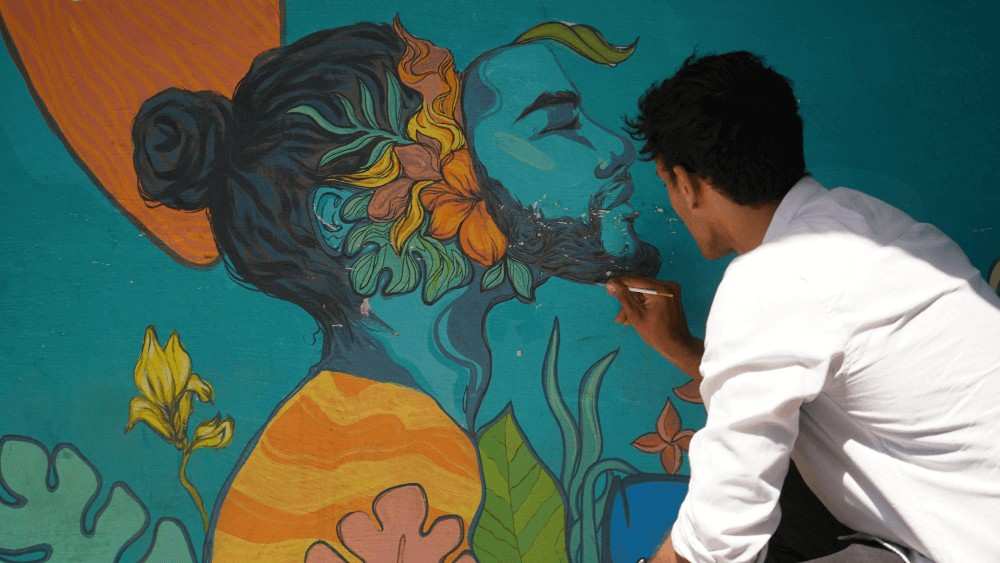

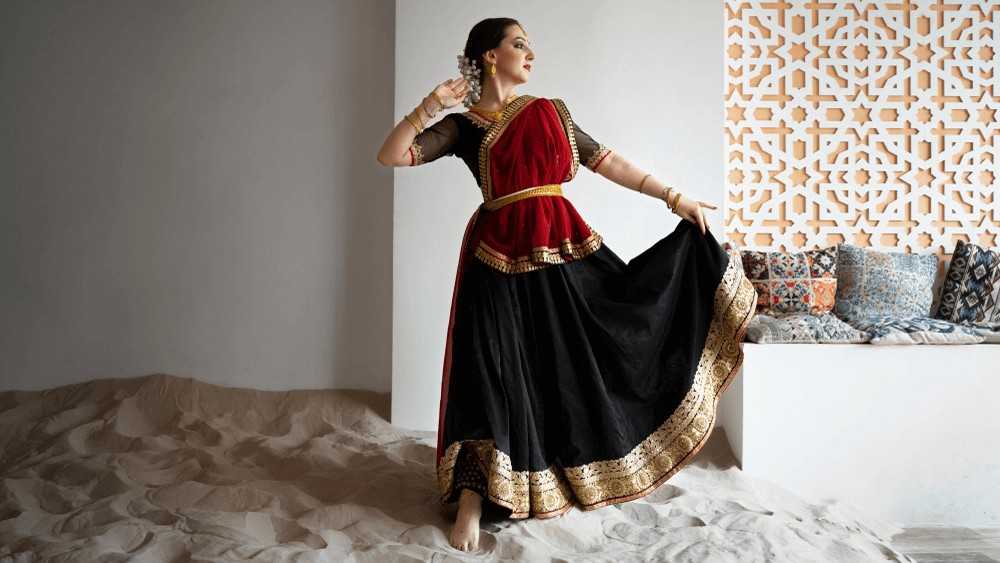
Why Choose Artigenius
Blending Creativity and Excellence to Deliver Outstanding Solutions Every Time.

Personalized Learning
Courses tailored to your pace, level, and goals.

Expert Mentors
Learn from industry professionals and seasoned artists.

Flexible Access
Anytime, anywhere learning across all devices.

Creative Community
Connect, collaborate, and grow with fellow artists.

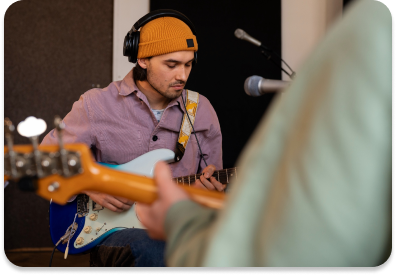
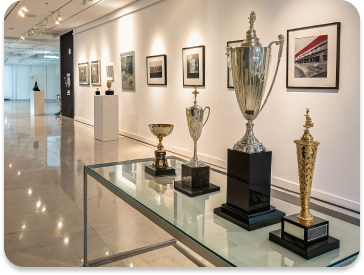

Would you like to learn?
Would you like to learn?

 Dance Training
Dance Training
Let your body speak.
From classical grace to modern beats—discover your rhythm, build confidence, and express yourself with every step. Learn choreography, posture, and performance techniques that turn movement into magic.
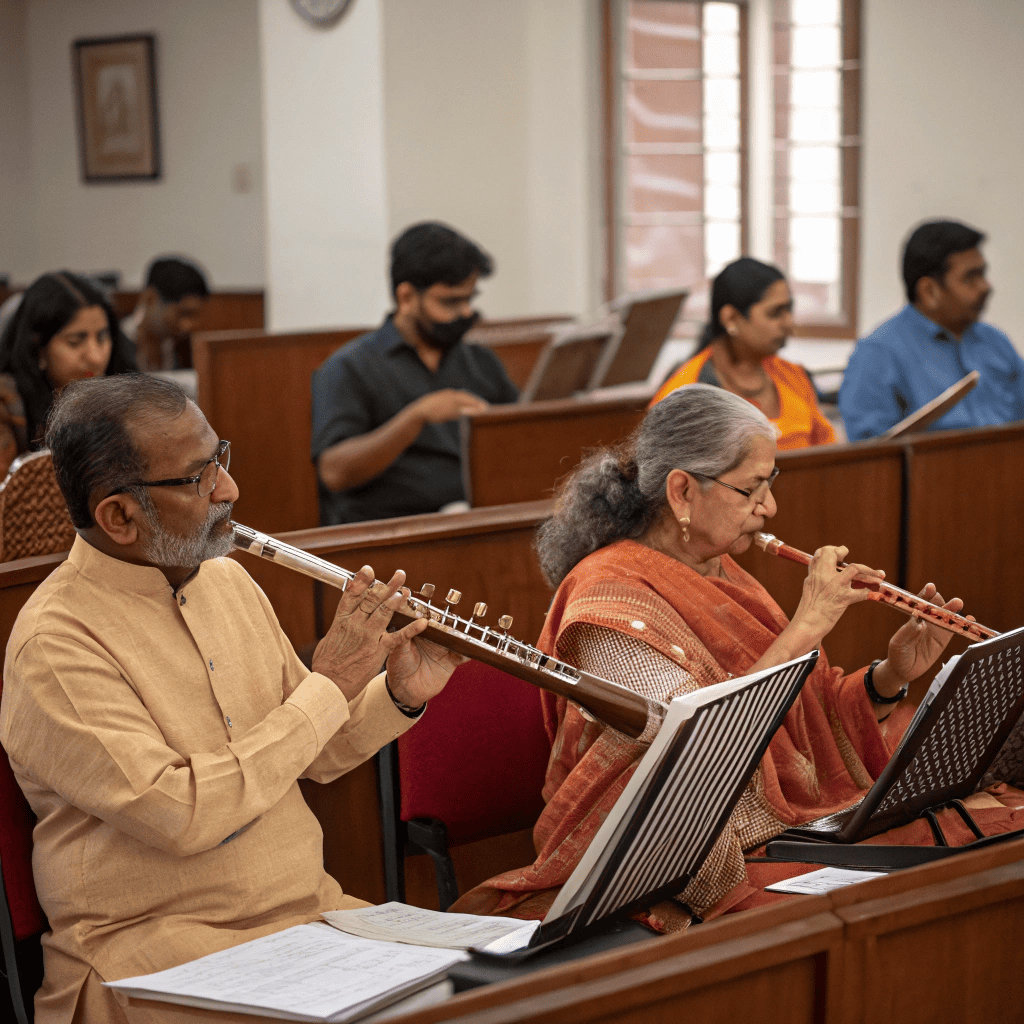
.cfbfd41f.png) Music Training
Music Training
Find your inner voice
Whether it's vocals or instruments, explore the soul of music with guided lessons, live feedback, and simple breakdowns. Learn how to play, sing, and feel every note like never before.
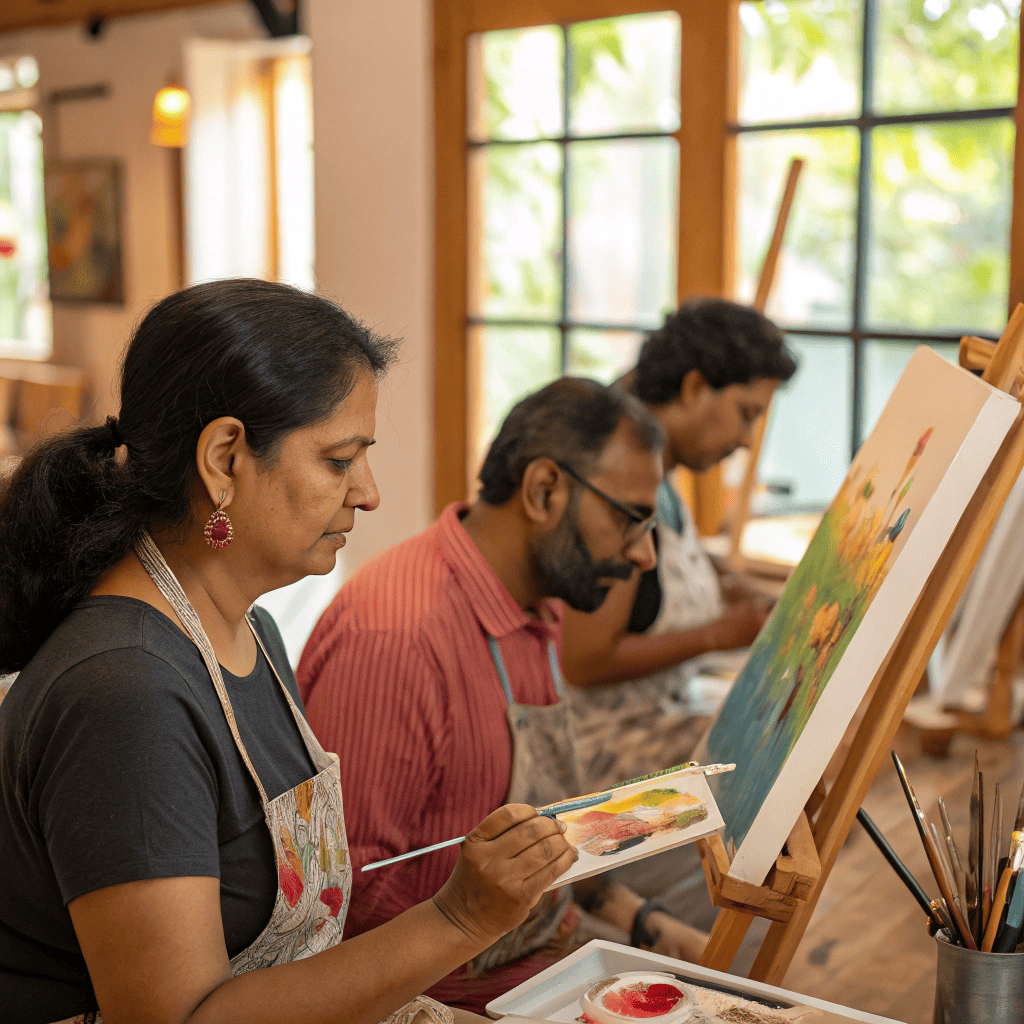
 Painting Training
Painting Training
Paint your imagination.
Dive into colors, strokes, and techniques that bring your ideas to life. Whether you're sketching or exploring watercolors, we'll guide you from blank canvas to bold masterpiece.

.d86280c4.png) Literature Training
Literature Training
Turn words into wonder.
Learn how to express thoughts beautifully, write poems, essays, and stories that leave a mark. Perfect for young minds who want to read deeper, write better, and speak clearer.
Creative Music Agency Crafting Sonic Excellence
We help artists and brands reach new heights through dynamic, innovative, and personalized music solutions.
200+
Courses
200+
Expert Tutors
490+
Active Users
4.9
Avg Reviews
Modern Creative Learning
Easy Login for Students and Tutors
Step 01Click “Get Started”



Tap the “Get Started” button on the homepage to begin your enrollment.
Step 02Choose Your Art Form



Pick the creative path you’re excited about — Dance, Music, Painting, or Literature.
Step 03Fill in Your Details



Enter your name, age, contact info, preferred learning mode (Online/Offline), and your course level (Beginner/Intermediate/Advanced).
Step 04Start Learning



You can now browse courses and start learning. Book a free demo class to make best choice for you.
Modern Creative Learning
Artist Speak
Certification
Why Certifications Matter at Artigenius

Industry-Recognized Certification

Boost Career Opportunities

Proof of Practical Learning

Perform with Confidence
Graded Music & Dance Exam With Top Universites
Insights
Daily Update & Blog Feeds
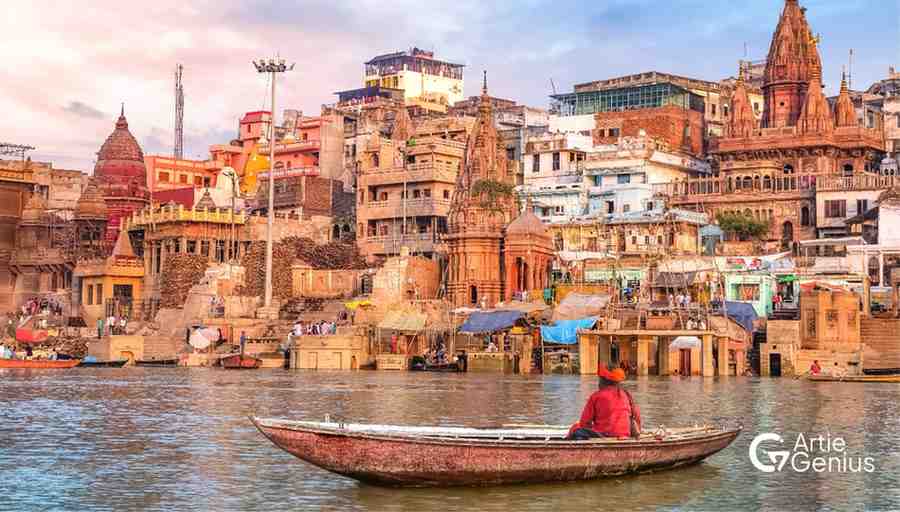
 March 29, 2024
March 29, 2024
Indian Art & Culture: A Walk Through Country's Heritage
 March 29, 2024
March 29, 2024
3 Authentic Indian Painting Styles From North India
 March 29, 2024
March 29, 2024
Indian Classical Music: A Journey Through Time
 March 29, 2024
March 29, 2024
Exploring the World of Indian Dance Forms
![[object Object]](/_next/static/media/SL-120722-54440-10 1.1052f177.png)
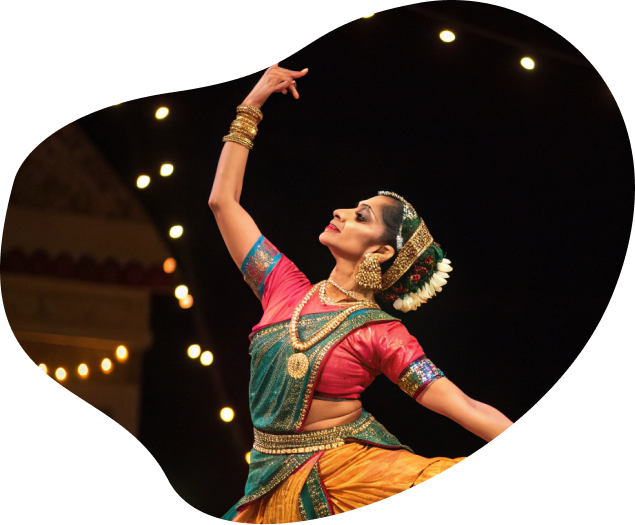
.6087a678.png)
.72e64b62.png)




